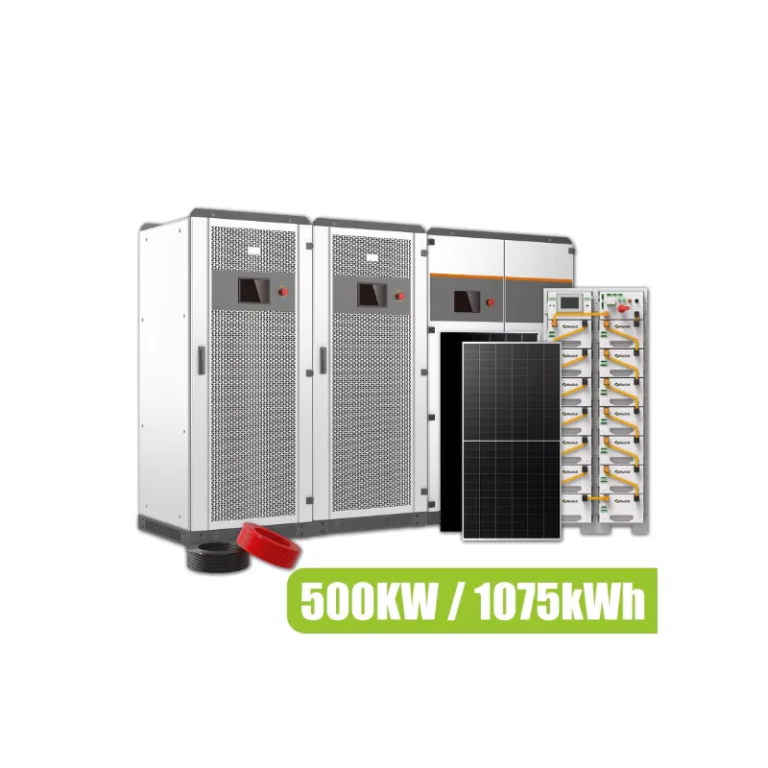Peak shaving and load shifting are awesome ways for businesses to manage energy smartly. Battery storage helps cut high utility bills and makes the grid tougher. This guide dives into how these systems turn power management into a big win for companies.

Defining Peak Shaving and Its Economic Significance
Peak shaving means cutting down the max power you pull from the grid when demand spikes. Those spikes cost a lot because utilities slap on demand charges based on your highest 15-minute usage. By smoothing out these peaks with stored energy or dialing back use, you save serious cash.
Battery storage is a game-changer here. When your building’s about to hit a pricey power limit, batteries kick in to keep you under it. This lowers bills, boosts your power setup, and eases stress on your gear.
Exploring Load Shifting as a Strategic Energy Optimization Tool
Peak shaving tackles spikes, but load shifting moves energy use from costly times to cheaper ones. With time-of-use (TOU) rates getting common, using power when prices are low—like at night—saves money.
For example, you can charge batteries when rates are cheap overnight. Then, use that power during pricey midday peaks. This lines up your energy use with utility rates to keep costs down.
The Interplay Between Time-of-Use Rates and Demand Charges
TOU rates and demand charges often mix in business utility bills. TOU changes the price per kilowatt-hour based on when you use power. Demand charges hit you for your peak power, even if it’s just for a short burst. Smart battery systems handle both by charging and discharging at the right times.
Good systems predict peak times and act fast. They use past usage data and utility schedules to nail both load shifting and peak shaving at once.
The Function of Commercial Energy Storage in Peak Demand Reduction
How Battery Storage Reduces Peak Load Spikes
Batteries act like a cushion between your building and the grid. When power use jumps, they release stored energy to avoid high charges. This is huge for places with big, shifting loads like factories or data centers.
The WonVolt containerized BESS solution fits medium-to-big sites like factories, mines, farms, or water plants. It comes with inverters, safety gear, and monitoring tools to work smoothly during busy times.
Role of Real-Time Monitoring and Control in Peak Shaving
Real-time tracking lets batteries respond fast to power changes. Smart platforms spot usage trends and kick in battery power before you hit costly limits.
Cloud edge end collaboration, 3S deep coupling, real-time detection lets you watch performance and tweak things based on past data or weather affecting solar power.
Integration with Building Energy Management Systems (BEMS)
Battery storage shines when hooked up to BEMS platforms. These systems control HVAC, lights, EV chargers, and other flexible stuff together.
By linking batteries with building-wide controls, you see all energy flows clearly. This lets you optimize everything, not just one part.
Load Shifting Strategies Enabled by Commercial Energy Storage
Charging During Off-Peak Hours for Discharge During High-Demand Periods
This trick is simple but powerful: charge batteries when power’s cheap at night. Then, use that energy during high-rate daytime peaks. It’s great for businesses running 24/7 or with steady daily patterns.
The Up to 3440kWh Perfect BESS Solution For I&C has enough juice to cover long, pricey periods without leaning on the grid.
Aligning Load Profiles with Utility Tariff Structures
Every utility has different rate setups. Matching your power use to these can save a ton. By studying tariffs and your schedules, you can pick the best times to charge and use batteries.
Smart controllers use learning tech to keep improving these plans as rates or your needs change.
Enhancing Grid Independence and Operational Flexibility
Load shifting isn’t just about saving money—it also makes your setup tougher. In areas with shaky grids or outages, onsite batteries keep things running during grid stress.
The Outdoor liquid cooled energy storage Converged cabinet Power PLANTseries Ever-increasing returns Easy station construction Ultimate Safety offers cash savings and keeps operations steady even in rough conditions.
Technical Considerations for Deploying Commercial Energy Storage Systems
Battery Chemistry Selection and Performance Metrics
Picking the right battery type affects safety, lifespan, and costs. Lithium iron phosphate (LFP) batteries are super safe and last long, making them perfect for businesses needing reliability.
The WV51100L features an expanded capacity It’s a strong, flexible solution for big needs.
Sizing the Storage System for Optimal Economic Return
Too big a system wastes money; too small doesn’t cut it. Sizing right means checking past power use against utility rates to find the sweet spot for peak shaving and load shifting.
Tools like digital models test different setups before you spend, ensuring you get the best bang for your buck.
Importance of Cycle Life, Depth of Discharge, and Round-Trip Efficiency
Cycle life shows how many charge-discharge rounds a battery can handle before wearing out. Depth of discharge (DoD) affects how much power you can use per cycle. Round-trip efficiency tells how much stored energy you get back. These factors shape long-term savings.
Systems built for high DoD with less wear give better value over time.
WonVolt’s Solutions for Peak Shaving and Load Shifting Applications
If you want top-notch energy storage tailored for big business needs, WonVolt is your go-to.
WonVolt has 1.2GW capacity for solar panel and 2.5GWh for lithium battery WonVolt products serve over 90 countries! Their lineup includes containerized BESS like ZeusVolt 2.0 (420kWh – 3.4MWh) and liquid-cooled units like WV51100L modular units up to 76.8kWh per cluster. All are run by AI-based platforms for real-time tweaks.
Their modular designs work for single sites or big networks, with built-in firewalls and partition isolation for top safety.
Economic and Operational Benefits of Implementing Commercial Storage Systems
Reducing Demand Charges Through Targeted Peak Reduction
Using batteries during power surges cuts high demand fees without messing with your main operations. This saves money while keeping critical gear running.
A 2024 study found that targeted peak reduction using BESS lowered demand charges by an average of USD 10-15 per kW per month for commercial facilities in the U.S., significantly improving ROI.
Leveraging Load Shifting to Optimize Time-of-Use Billing Structures
You can buy cheap power at night and use it when rates spike. Some setups even let you sell extra power back to the grid for more cash if rules allow.
Enhancing ROI Through Grid Services Participation (e.g., Frequency Regulation)
Beyond saving money, smart batteries can join grid programs like frequency regulation. This earns extra income while helping the grid stay stable.

Integration Pathways: How to Incorporate Storage into Existing Infrastructure
Compatibility with Solar PV, EV Charging, and Backup Power Systems
Modern batteries work with solar panels or EV chargers. They use efficient DC/AC links to flow power smoothly without pricey upgrades.
Deployment Models: Behind-the-Meter vs. Front-of-the-Meter Configurations
Behind-the-meter setups cut your site’s power use directly. Front-of-the-meter ones help bigger community or grid networks, depending on local rules and your goals.
Each option fits different needs, whether you’re focused on your site or bigger market opportunities.
Commissioning, Monitoring, and Ongoing System Support
From setup to upkeep, you need strong support. Cloud-based tools with real-time alerts and remote updates catch issues fast and keep systems running smoothly.
Future Outlook: The Evolving Role of Commercial Energy Storage in Grid Modernization
Regulatory Trends Supporting Distributed Energy Resources (DERs) Adoption
Rules are shifting to boost DERs, with tax breaks or backup mandates speeding up use across industries.
Policy revisions may have a profound impact on the industrial chain.
The Increasing Value of Flexibility in a Decentralized Grid Landscape
As grids lean more on renewables, flexibility like balancing power or stabilizing voltage gets more valuable. Smart storage is perfect for these jobs.
How Innovations from Companies Like WonVolt Are Driving Market Transformation
Through heavy R&D and smart designs, firms like WonVolt push limits with better battery life and AI tools that manage power across big fleets.
FAQ
Q: How does commercial energy storage cut electricity costs?
It lowers bills by shaving peak demand that triggers high charges and shifts power use to cheaper times, using stored energy instead of pricey grid power.
Q: Can I add battery storage to my current solar system?
Yup—modern systems fit with solar through efficient links, keeping costs low without big changes to your setup.
Q: What size battery system should I pick?
It depends on your power use and rates. Right sizing ensures you save the most without buying too much or too little capacity.

